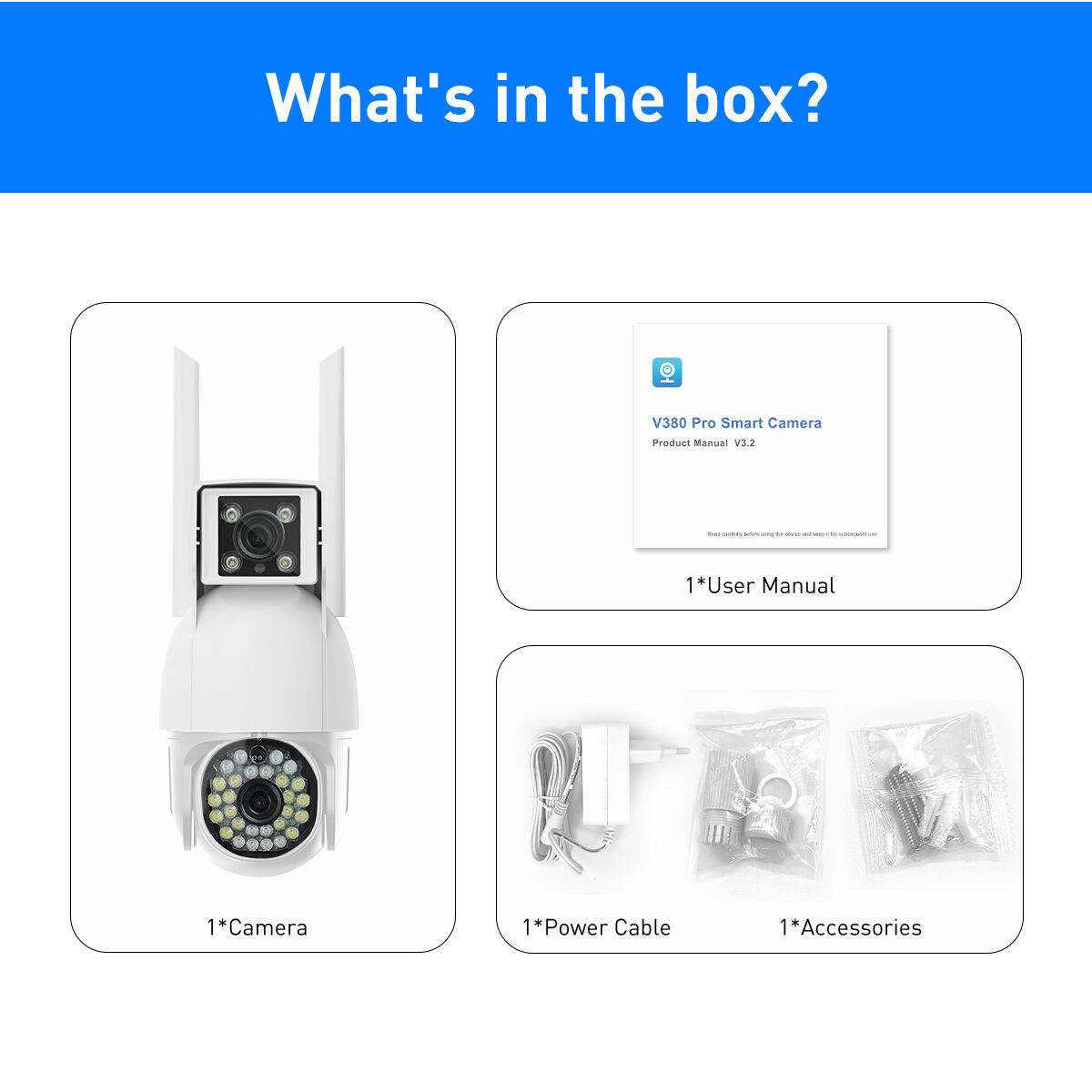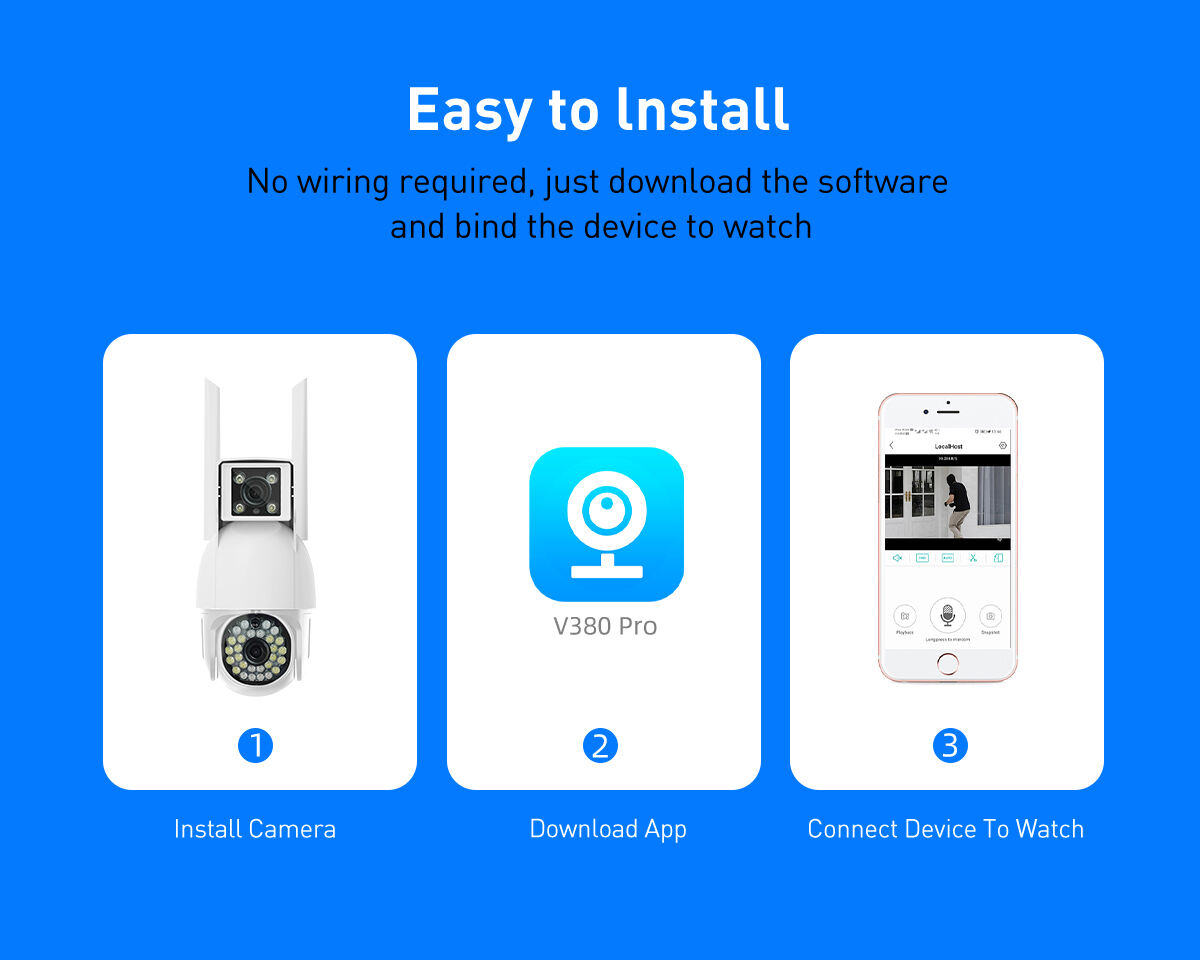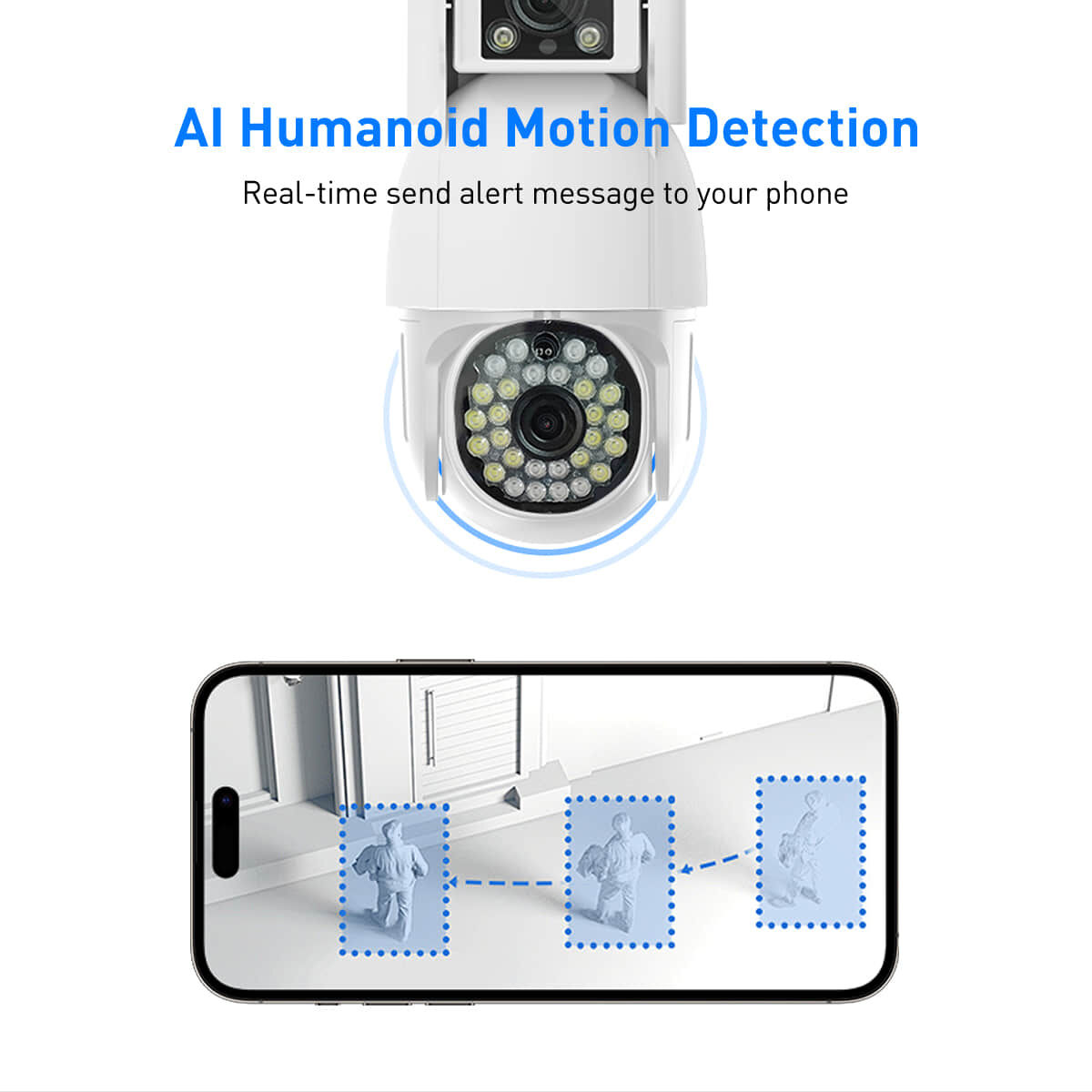hd dvb s2
HD DVB S2 டிஜிட்டல் செயற்கைக்கோள் தொலைக்காட்சி ஒளிபரப்புத் தொழில்நுட்பத்தில் ஒரு முக்கிய முன்னேற்றத்தை பிரதிநிதித்துவம் செய்கிறது. இந்த இரண்டாவது தலைமுறை டிஜிட்டல் வீடியோ ஒளிபரப்பு செயற்கைக்கோள் அமைப்பு மேம்பட்ட சிக்னல் செயலாக்க திறன்களுடன் சிறந்த உயர் வரையறை உள்ளடக்கத்தை வழங்குகிறது. இந்த அமைப்பு, அதன் முந்தையதை ஒப்பிடும்போது, மேம்பட்ட மடலாக்க மற்றும் குறியீட்டு நுட்பங்களை பயன்படுத்துகிறது, இது மேம்பட்ட ஸ்பெக்ட்ரல் திறன் மற்றும் சிக்னல் தரத்தை வழங்குகிறது. பல அலைவரிசை பட்டைகளில் செயல்படும் HD DVB S2, QPSK, 8PSK, 16APSK மற்றும் 32APSK ஆகியவற்றை உள்ளடக்கிய பல்வேறு மடலாக்க திட்டங்களை ஆதரிக்கிறது, இது வெவ்வேறு சேனல் நிலைகளுக்கு ஏற்ப மாறுபட்ட ஒளிபரப்பு அளவீடுகளை ஏற்படுத்துகிறது. இந்த தொழில்நுட்பம் சக்திவாய்ந்த பிழை திருத்தக் கருவிகள் மற்றும் அடிப்படைக் குறியீட்டைக் கொண்டுள்ளது, இது சவாலான வானிலை நிலைகளிலும் நம்பகமான சிக்னல் பெறுதலை உறுதி செய்கிறது. பல உள்ளீட்டு வடிவங்கள் மற்றும் தீர்மான தரநிலைகளை ஆதரிக்கும் HD DVB S2, தரநிலைக் குறியீட்டு மற்றும் உயர் வரையறை உள்ளடக்கத்தை கையாள முடியும், இது வெவ்வேறு ஒளிபரப்பு தேவைகளுக்கு பல்துறை ஆகிறது. MPEG 2 மற்றும் MPEG 4 வீடியோ சுருக்க வடிவங்களை செயலாக்கும் அமைப்பின் திறன், சிறந்த படம் தரத்தை பராமரிக்கும் போது திறமையான பாண்ட்விட்த் பயன்பாட்டை அனுமதிக்கிறது. கூடுதலாக, HD DVB S2 பாதுகாப்பான உள்ளடக்க விநியோகத்தை உறுதி செய்ய மேம்பட்ட குறியாக்க திறன்களை உள்ளடக்கியது மற்றும் அதன் திருப்ப சேனல் செயல்பாட்டின் மூலம் தொடர்பாடல் சேவைகளை ஆதரிக்கிறது.


